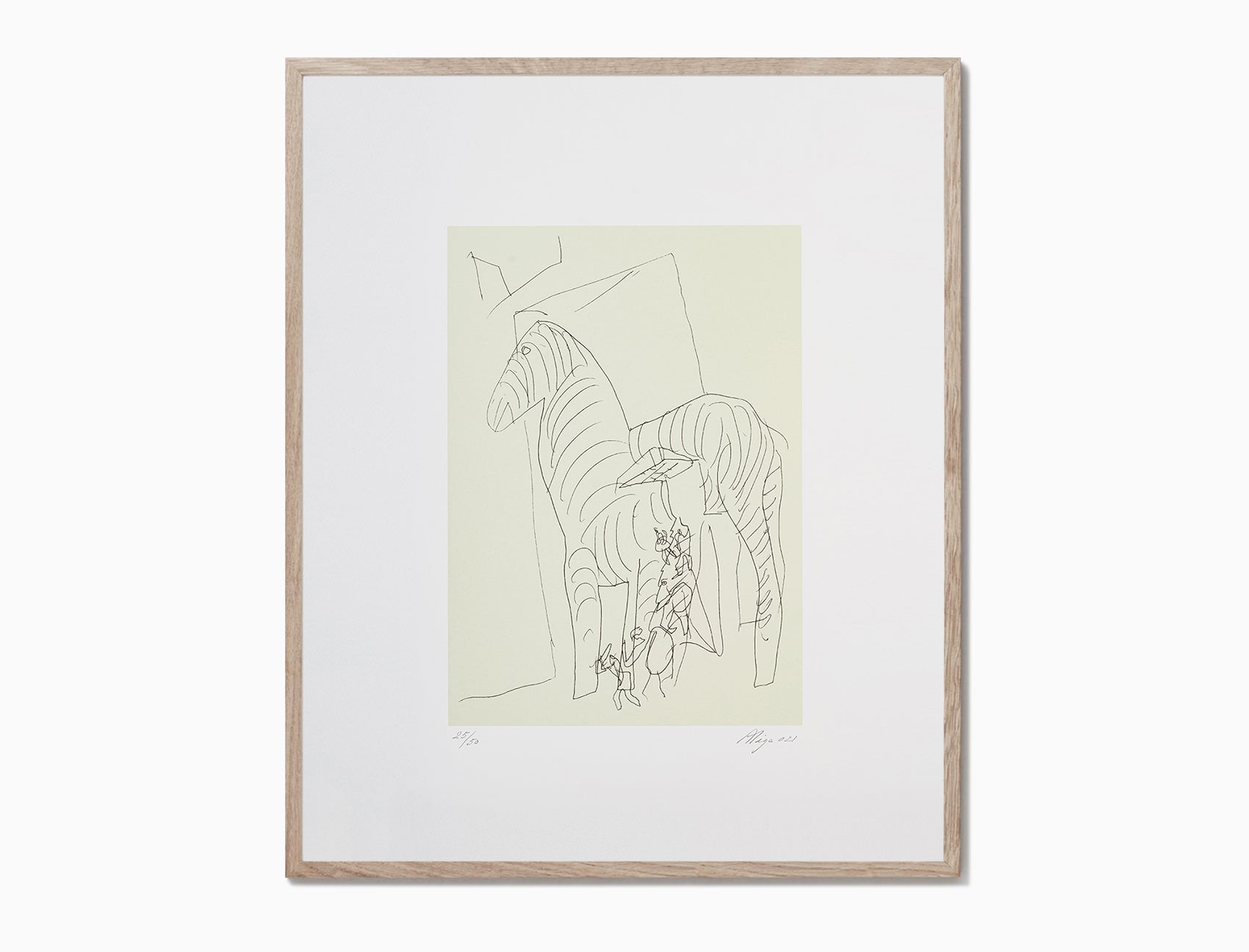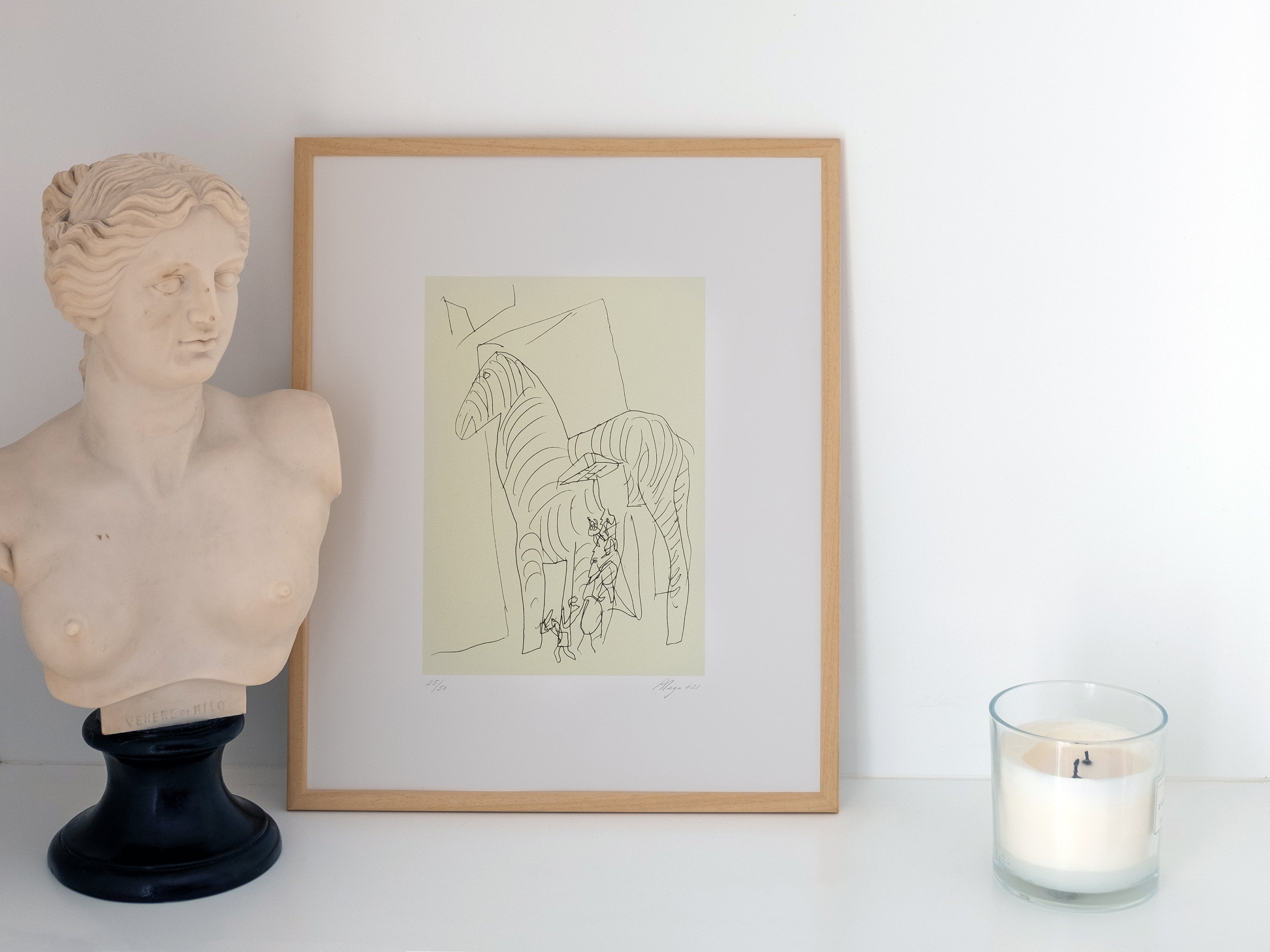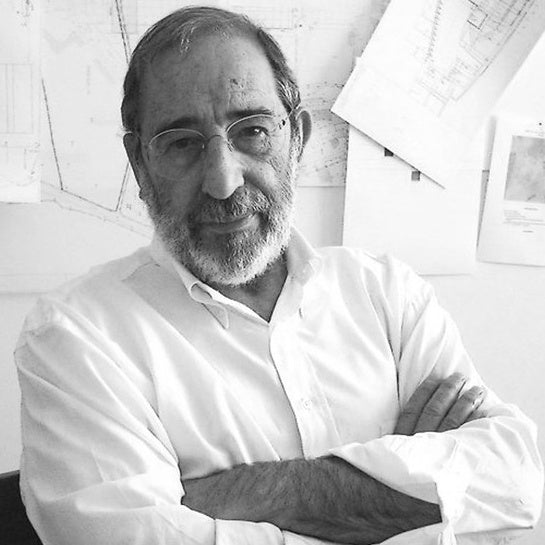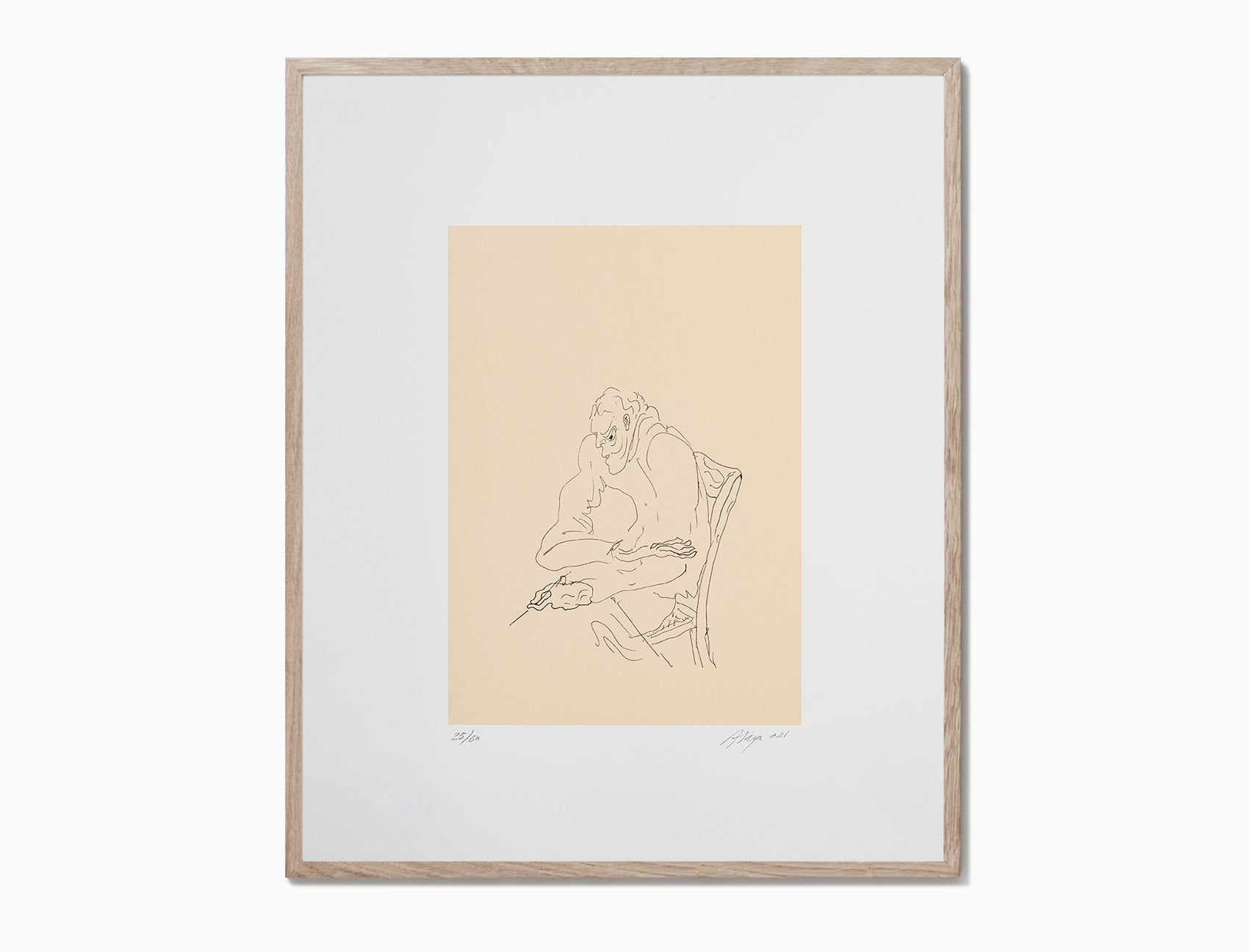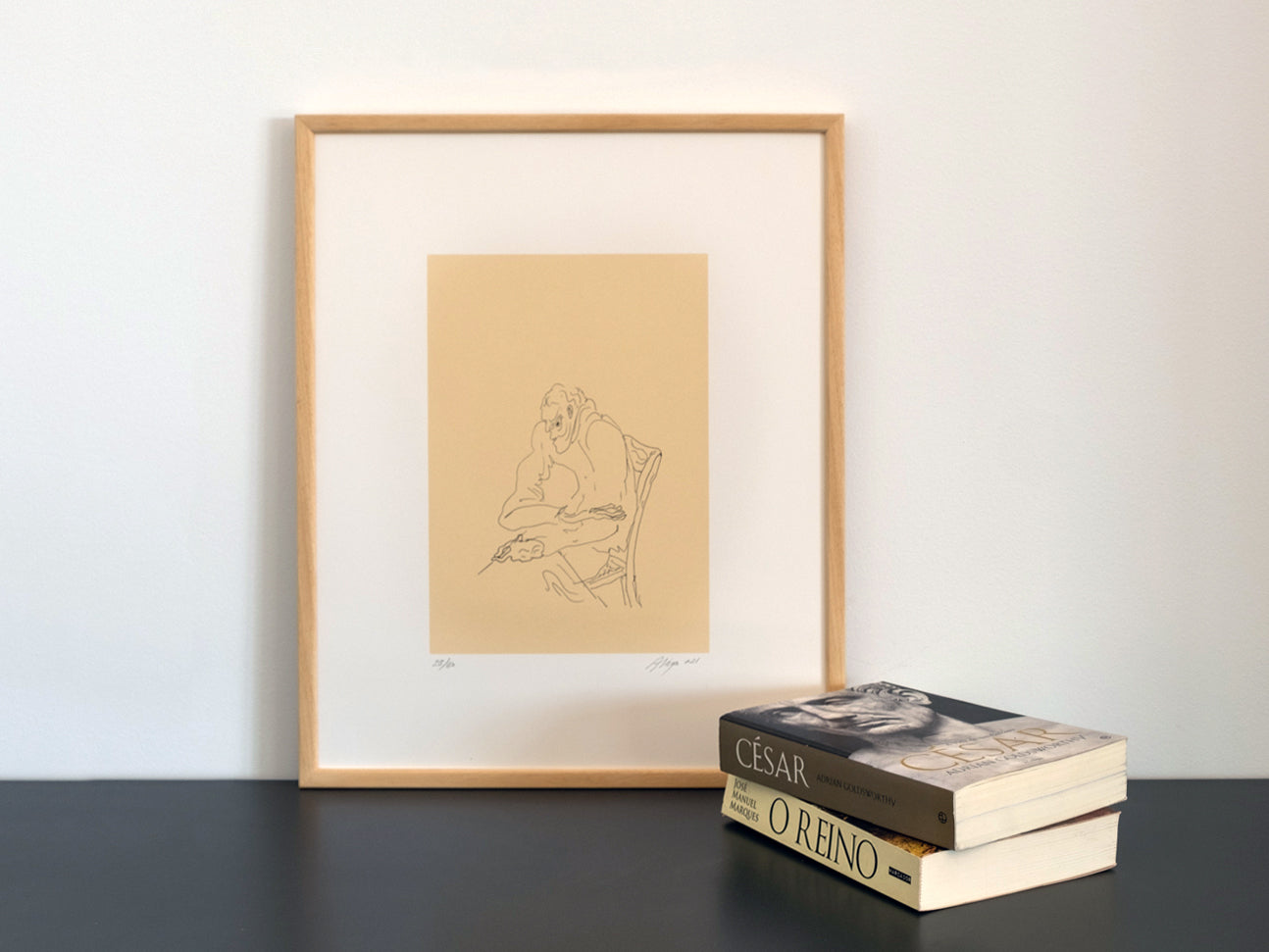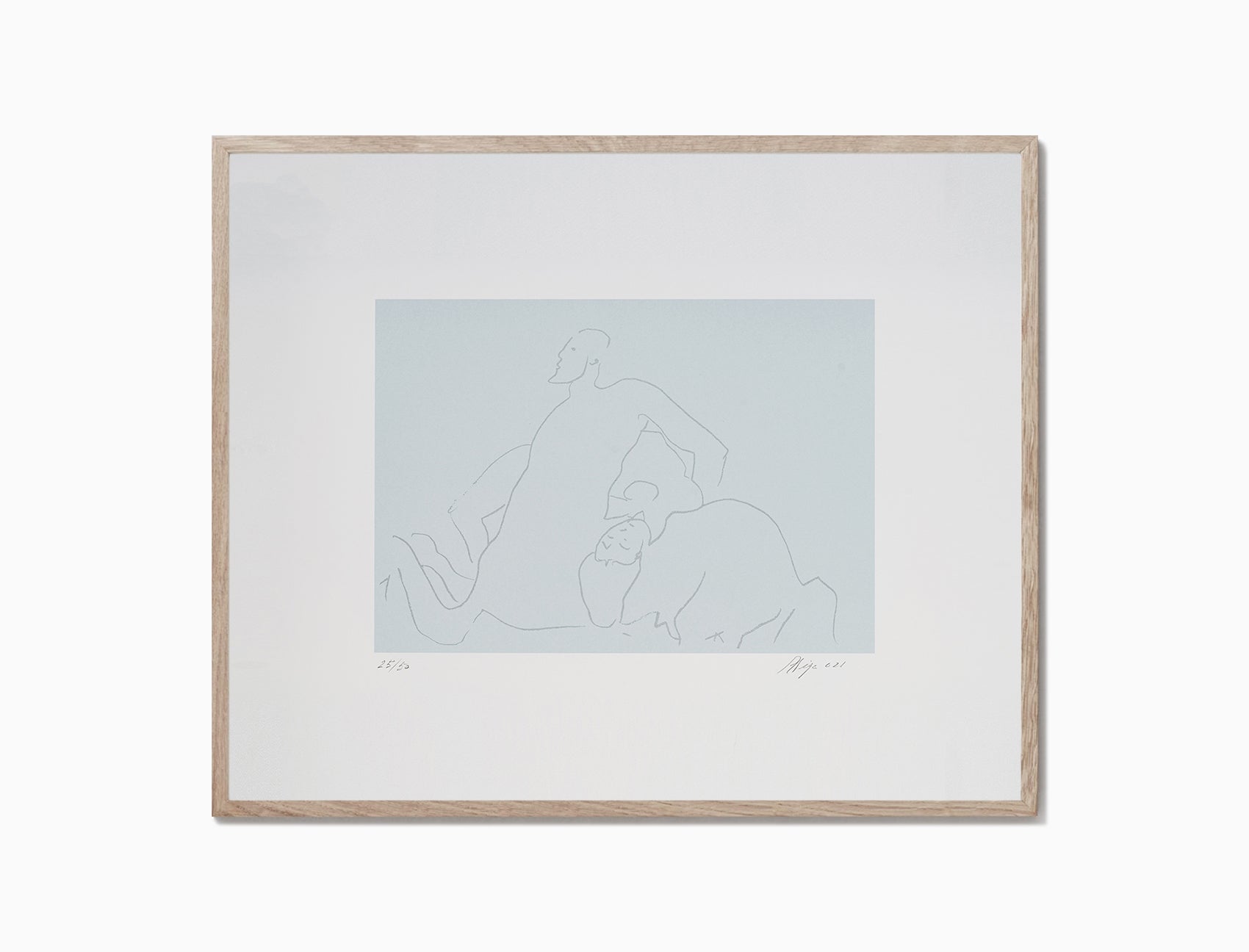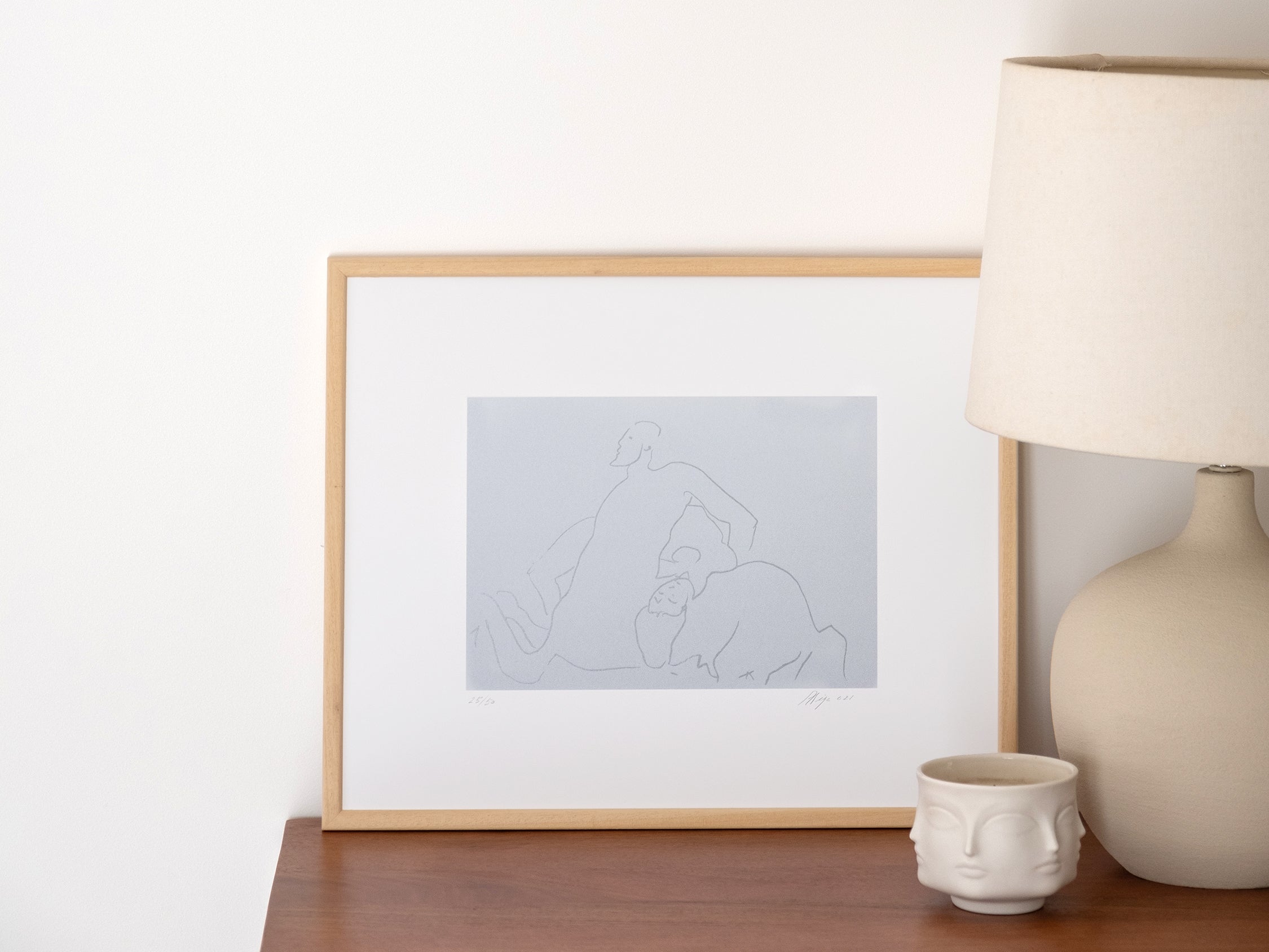Álvaro Siza Vieira
Álvaro Joaquim de Melo Siza Vieira was born in Matosinhos in 1933.
He studied Architecture at Porto School of Fine Arts between 1949 and 1955, his first work was built in 1954. He was a professor at the Faculty of Architecture of the University of Porto, the city where he practices his profession.
Álvaro Siza is a member of the American Academy of Arts and Sciences; he is an "Honorary Fellow" of the RIBA / Royal Institute of British Architects; member of the BDA/Bund Deutscher Architekten; “Honorary Fellow” and “Honorary FAIA” by the AIA/American Institute of Architects; member of the Académie d'Architecture de France; the Royal Swedish Academy of Fine Arts; the IAA/International Academy of Architecture; of National Geographic Portugal; Honorary Member and Honorary Member of the Portuguese Architects Association; member of the American Academy of Arts and Letters; Honorary Professor at Southeast University China and China Academy of Art and Honorary Member of the Academy of Portuguese Language Schools of Architecture and Urbanism.
Álvaro Siza is one of the most important contemporary European architects and the main representative of the modern age in Portugal. He received the Pritzker Prize in 1992 for his life's work.
